What is an innerspring mattress and are they any good?
The lowdown on innerspring mattresses and who they best suit
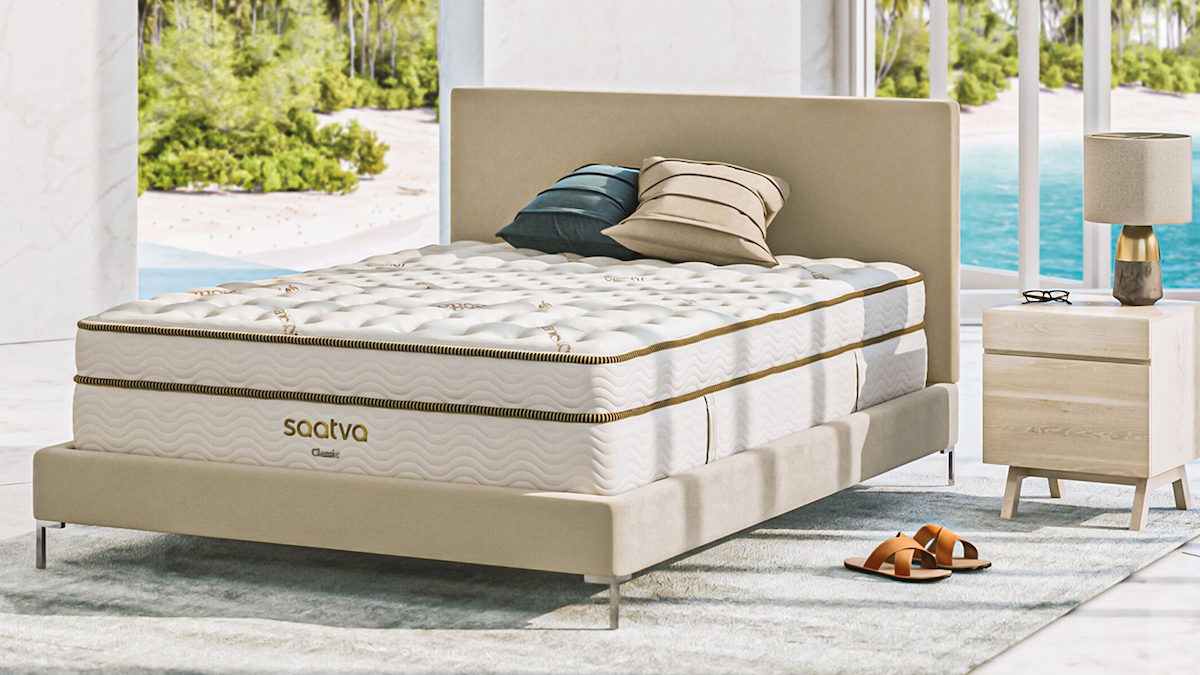
Innerspring mattresses have been around a long time and are among the cheapest and most common types of mattress. You’ll find stacks of them in mattress stores, while memory foam and hybrids are more popular online.
That said, our top pick of this year’s best mattresses is a luxury innerspring because it delivers everything you’d want from a mattress: bounce, pressure relief, contouring, breathable comfort and support.
But what is an innerspring mattress and what are they made of? Here we talk you through everything you need to know, including the pros and cons of an innerspring, and what types of sleeper they suit.
- What is a mattress in a box? Key info explained
- What is a hybrid mattress and is it the right choice for you?
- What is a memory foam mattress and should you buy one?
What is an innerspring mattress?
An innerspring mattress is a very traditional type of mattress. At the base you’ll find a layer (also known as a pack) of springs. This is normally followed by a layer or two of dense memory foam (yep, the same material found in the best memory foam mattresses). The foam acts as a buffer so that you don’t feel the larger springs poking into you when you lie down.
If you come across an innerspring mattress with two layers of foam, the bottom one will be denser while the top one might be a gel foam to contour to the shape of your body and offer pressure relief. Unsure how these foams differ? Use our guide to memory foam vs gel foam.
After the foam comes a layer of breathable batting or other type of less dense material, used to create a pillow top layer for instant comfort.
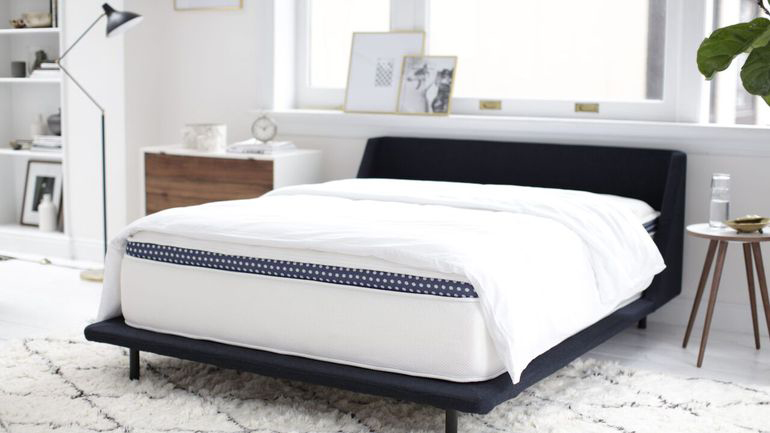
What springs are used in an innerspring mattress?
In a basic model, you’ll find a pack (layer) of springs at the base that forms the core. Standard wire springs are the oldest and most common type because they’re cheap to make yet offer good support and are durable.
Get instant access to breaking news, the hottest reviews, great deals and helpful tips.
You’ll also come across wrapped wire springs (three or more springs wrapped together), which are lighter yet still supportive.
Pocketed coil springs are individually wrapped in fabric bags then stitched together into groups. These are popular in luxury innerspring mattresses because they’re more responsive to your in-bed movements, plus they’re suitable for use with adjustable beds, making them more versatile.
The top layers of an innerspring mattress are where you’ll find micro coils. These tiny coils help the bed to contour to your curves a little better as they’re much smaller than the bigger springs in the bottom of the bed and so they can cradle your body more precisely.
How much do innerspring mattresses cost?
When compared to hybrids and memory foam beds, the price of an innerspring mattress varies wildly depending on the type of spring system in use. You can pick up cheaper models for around $300 or less, but don’t expect to use one of these with an adjustable base as they probably won’t be compatible.
Mid-range innerspring mattresses cost from $800 to $1,500, and these boast a higher coil count to offer more support and responsiveness. But if you want an innerspring with a micro coil system among the comfort layers, you’re looking at around $1,700 or more for a queen size.
From our experience, micro coil systems are found in the most comfortable type of innerspring. They’re often more durable too, which is why you’ll see longer mattress warranties on them. Good examples of luxury innerspring mattresses are the Saatva Classic (read our Saatva Classic mattress review for more), and the WinkBed Mattress (read our WinkBed Mattress review to learn what it’s like to sleep on).
The benefits of an innerspring mattress
Springs are super-responsive – far more so than memory foam – so one of the major benefits of an innerspring mattress is the support they offer. They ensure your body weight is evenly distributed across the entire bed so you don’t sink in, which is why many people with hip and back pain prefer an innerspring model.
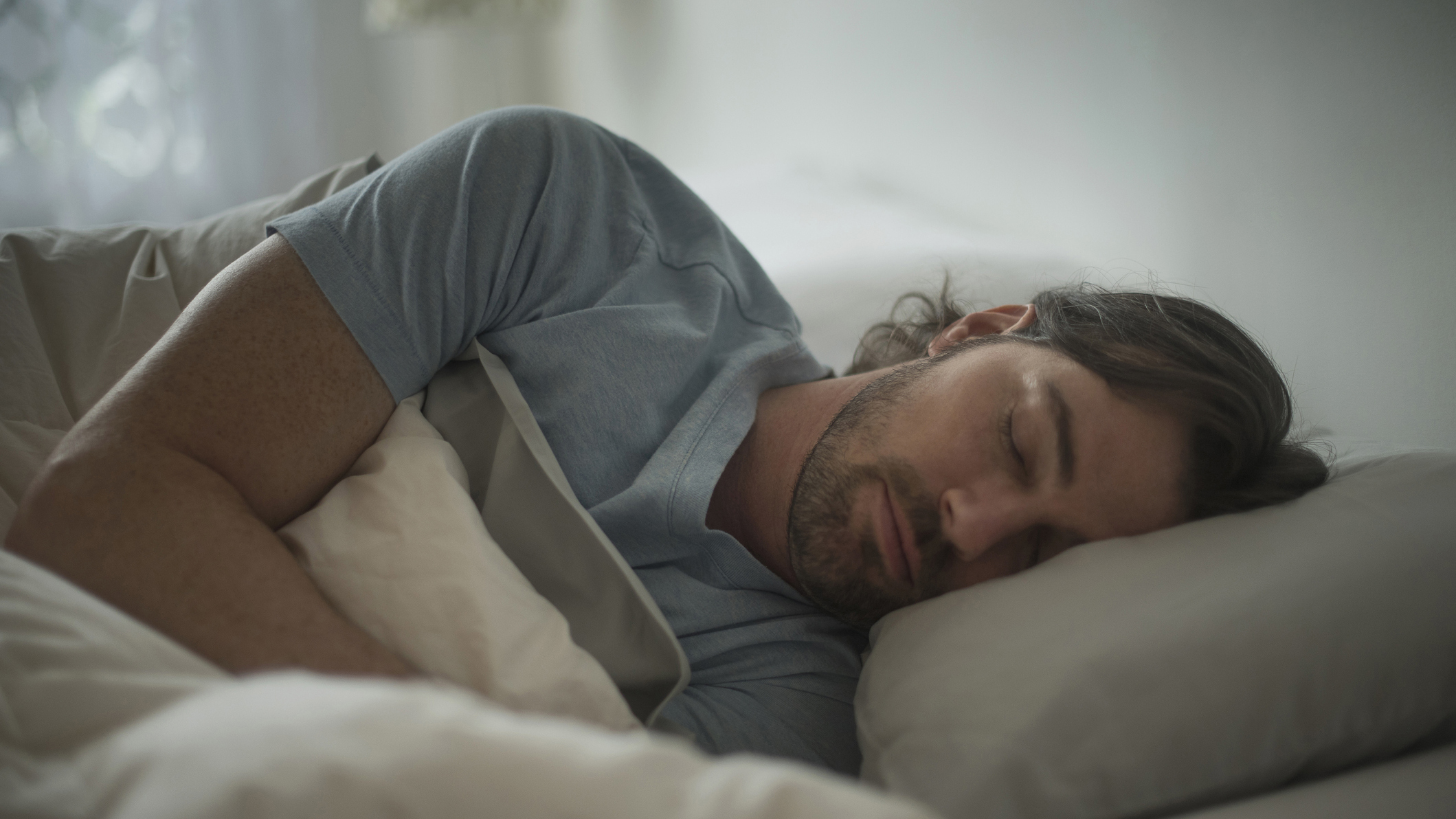
More expensive innersprings offer multi-zone support, where the springs are tempered differently depending on where in the mattress they are sewn in. This means they can offer higher or lower levels of support depending on your sleeping position and how your body impacts the mattress when you lie down.
All of those springs also add up to better edge support. This makes it easier for you to get in and out of bed (particularly important if you have any mobility requirements), and enables you to sit on the edge of your mattress without sliding off.
While they won’t compete with the best cooling mattresses, innersprings are more breathable than all-foam mattresses because air flows through and around the springs and coils much more easily. This makes them a great choice for hot sleepers (people prone to overheating at night).
If you want a naturally cooling bed, also take a look at our guide to this year's best organic mattresses made with fully certified organic materials. (Read more about what is an organic mattress.)
The drawbacks of an innerspring mattress
The biggest drawback of an innerspring mattress is the lack of motion isolation. Hands-down they are among the worst types of bed for isolating motion transfer from your partner to you and vice versa.
That’s because innersprings are so responsive. So if you share your bed with a restless sleeper, we’d advise against buying an innerspring and would recommend a good hybrid or memory foam that really dampens motion transfer.
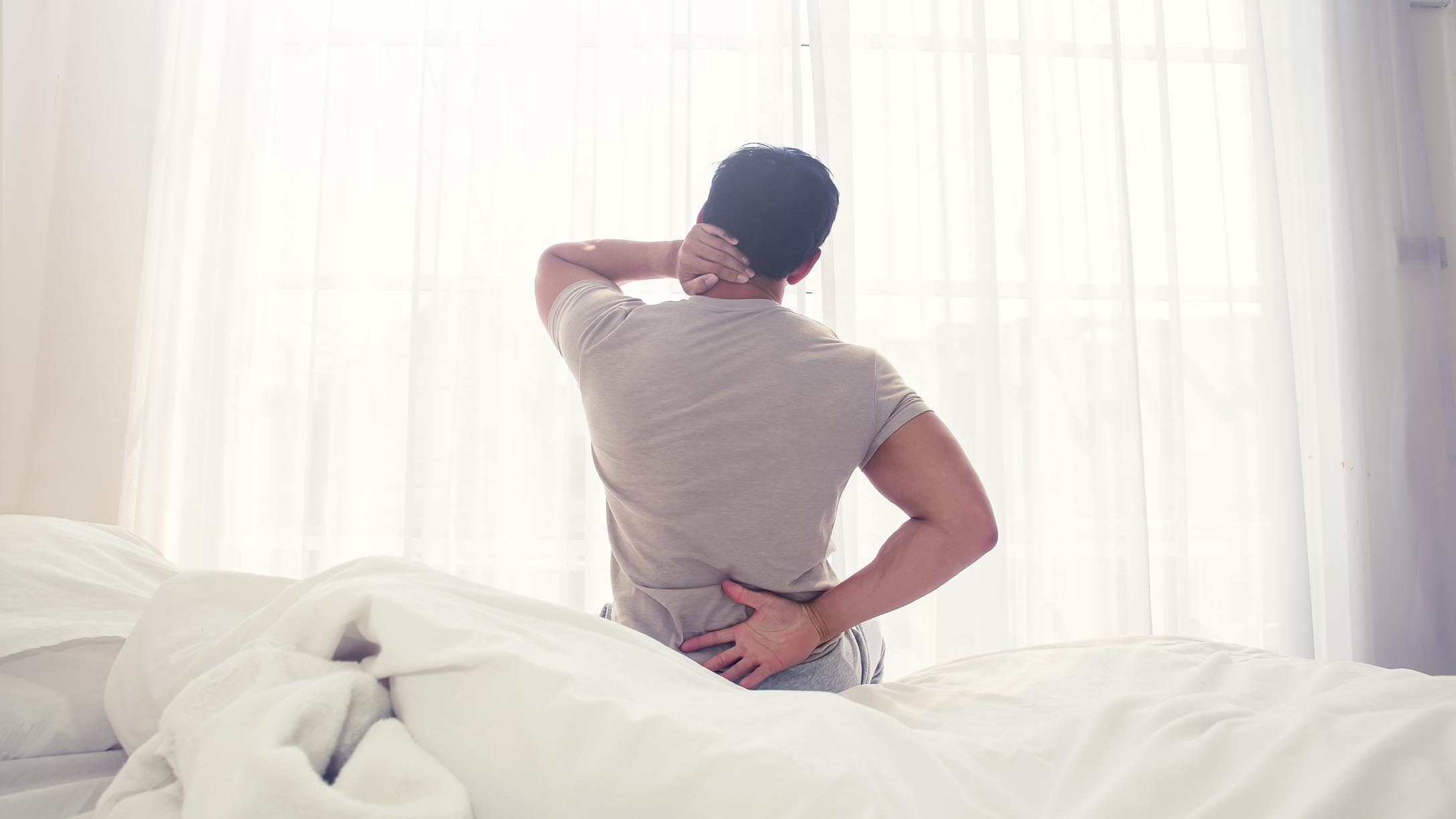
The second drawback of innerspring mattresses is the lack of comfort compared to memory foam beds. That’s because innersprings place more value on support. So if you enjoy a softer bed made with lashings of memory foam, don’t buy an innerspring mattress.
This is especially relevant if you enjoy a softer surface, have a lighter than average body and sleep on your side – our guide to this year’s best mattresses for side sleepers has plenty of recommendations.
Finally, innerspring mattresses are prone to springs breaking. This can happen over several years from general wear and tear, or if you allow pets or children to regularly jump on your mattress.
How long do innerspring mattresses last?
This really depends on the type of innerspring mattress you buy and the springs and coil-based system it uses. On average, an innerspring mattress will last around five to seven years as springs wear down with use, leading to sagging and dips.
However premium innersprings can last for ten years or longer, and if you find one with a lifetime warranty, such as the Saatva Classic, you can extend this further with free repairs (always check your warranty before buying).
As we explain in our feature answering how long does a mattress last, the lifespan of an innerspring comes down to the quality of its springs and foam and how it’s constructed. Cheaper beds won’t last as long as more premium models and will be a false economy over time as you’ll have to replace them sooner.
However there are times when your budget will only stretch to a cheap mattress, and if that’s the case you can get some decent innerspring mattresses for around $500 to $800.
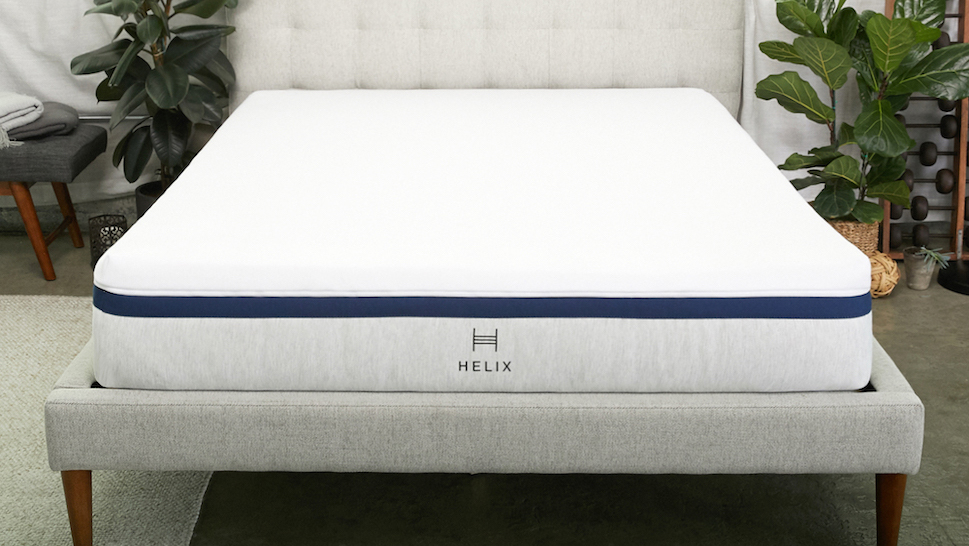
Who should buy an innerspring mattress?
An innerspring mattress is a great choice for people who need maximum support and good pressure relief during sleep, but particularly if the following resonates with you:
- You want firmer support
- You sleep hot and need a cooler mattress
- You’re a stomach or back sleeper
- You like a more responsive mattress feel
- You need good edge support to get up easier
Who shouldn’t buy an innerspring mattress?
As covered already, an innerspring isn’t without its drawbacks. They won’t suit every type of sleeper, particularly if:
- You want a softer mattress
- You love the contouring comfort of memory foam
- You share with a restless sleeper and need motion isolation
- You want a mattress that will last longer than the average bed
To sum it up, innerspring mattresses suit a range of sleepers but only if you want a bed that priorities support over comfort. The cheaper models aren't as good as other types of beds at isolating motion, so we'd tread carefully if you share with a restless sleeper, but they sleep cooler and offer a great mix of pressure relief and responsiveness.
If you need more support from your existing mattress but don't have the budget for an innerspring just yet, consider buying one of the best mattress toppers to add firmness, softness or cooling comfort instead.

Claire is a Certified Sleep Science Coach and the Managing Editor of Sleep at Tom's Guide. She curates our mattress guides and oversees our rigorous mattress testing procedures. Claire has over 16 years' product review experience and is connected to a wealth of globally renowned sleep experts including mattress designers and buyers, neuroscientists, and doctors of sleep medicine. As the Managing Editor of our Sleep and Mattress Team, Claire is responsible for all mattress and sleep content published on Tom’s Guide and is our expert on Saatva, DreamCloud, and Nectar mattresses. Claire is also certified to advise people on how to choose a mattress that suits their needs and budget, as well as helping them to create a nighttime routine and bedroom environment that helps them sleep better.
